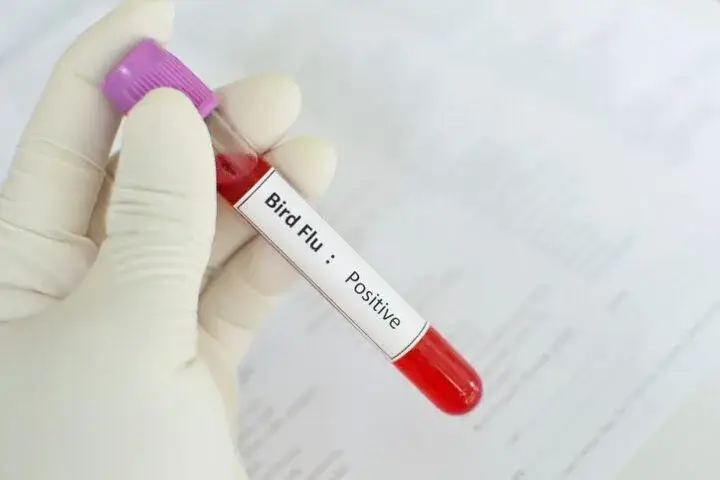
WHO Warns Of Bird Flu Risk Due To Poor Animal Surveillance, Maintains No Human-to-human Transmission Yet

The World Health Organisation (WHO) warned on Thursday that its ability to manage the risk to humans from the H5N1 bird flu virus is being compromised by inconsistent surveillance.
The WHO noted that the United States recently reported a fourth human case of H5N1 avian influenza due to exposure to infected dairy cows. Meanwhile, Cambodia reported two flu cases in children who had contact with sick or dead chickens.
WHO chief Tedros Adhanom Ghebreyesus stated that there is currently no human-to-human transmission, so the risk to the general public remains low. However, he emphasised that limited surveillance of influenza viruses in animals worldwide hinders the ability to effectively assess and manage the risk.
Understanding how these viruses are spreading and changing in animals is essential for identifying any changes that might increase the risk of outbreaks in humans, or the potential for a pandemic, he said.
The WHO called on all countries to enhance influenza surveillance and reporting in animals and humans and to share samples and genetic sequences. It also urged better protection for farm workers exposed to infected animals and increased research on bird flu.
Avian influenza A(H5N1) first emerged in 1996. The 2.3.4.4b clade of the virus, detected in 2020, has led to a significant increase in outbreaks among birds and infections in mammals. This strain has caused the deaths of millions of poultry, wild birds, and land and marine mammals.
Human cases recorded in Europe and the United States have mostly been mild. In the U.S., H5N1 has spread among dairy cow herds, with four recorded cases of the virus jumping from cattle to humans.
Read more: Adamawa Govt Asks Supreme Court to Interprete Ruling on LG Autonomy
About The Author
Related Articles
How America Uses Drug Charges to Control Oil and Allies — Jailing Maduro, Burying Tinubu’s Files
The image could not be starker. Venezuelan President Nicolás Maduro, flown into...
ByWest Africa WeeklyJanuary 4, 2026Following Maduro Capture, Trump Outlines Plan for Venezuela’s Oil and Transition; Global Reactions Split Between Outrage and Caution
The capture of Venezuelan President Nicolás Maduro by United States forces stands...
ByWest Africa WeeklyJanuary 3, 2026Cape Verde Ends Visa on Arrival for Citizens of 96 Countries
Cape Verde has suspended its visa-on-arrival policy for nationals of 96 countries,...
ByWest Africa WeeklyJanuary 3, 2026Gold Price Rally Lifts Ghana and Zimbabwe Currencies
A sustained rally in global gold prices has strengthened the currencies of...
ByWest Africa WeeklyJanuary 3, 2026











